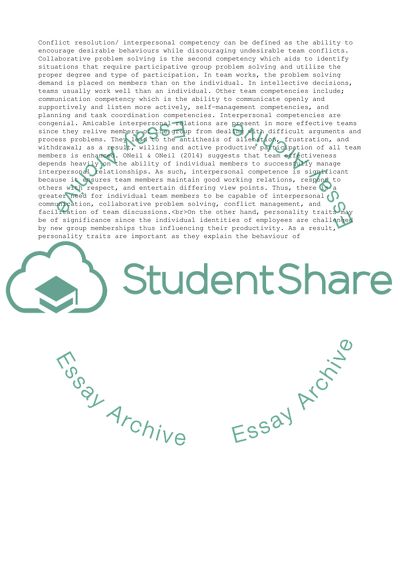Cite this document
(Building effective teams Essay Example | Topics and Well Written Essays - 2500 words, n.d.)
Building effective teams Essay Example | Topics and Well Written Essays - 2500 words. https://studentshare.org/business/1872974-building-effective-teams
Building effective teams Essay Example | Topics and Well Written Essays - 2500 words. https://studentshare.org/business/1872974-building-effective-teams
(Building Effective Teams Essay Example | Topics and Well Written Essays - 2500 Words)
Building Effective Teams Essay Example | Topics and Well Written Essays - 2500 Words. https://studentshare.org/business/1872974-building-effective-teams.
Building Effective Teams Essay Example | Topics and Well Written Essays - 2500 Words. https://studentshare.org/business/1872974-building-effective-teams.
“Building Effective Teams Essay Example | Topics and Well Written Essays - 2500 Words”. https://studentshare.org/business/1872974-building-effective-teams.


